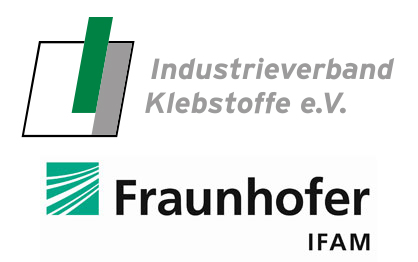6.1 Introduction
It is important to demonstrate the usage safety of the bonded joint or bonded product. This means demonstrating that a bonded joint can withstand higher loads/stresses than the actual loads/stresses experienced in reality.
Not just thermal and mechanical loads but also the effects of moisture, chemicals, radiation, etc. must be taken into account. These factors together result in ageing of the bonded joint and this can have a major effect on the load/stress limit of the bonded joint.
Tests must be undertaken to acquire more detailed information about the usage safety and ageing of bonded joints. A distinction is made between purely mechanical tests / test procedures and combined ageing and testing. Some of the established methods are described in this section.
The demonstration of the usage safety of a bonded joint involves determining the strength of a bonded joint (before and after ageing) and also other aspects. Depending on the application, for example, the sealing function of a bonded joint may be important (e.g. when bonding headlight units on cars). In other applications the shrinkage and vibration damping may have a decisive effect on the usage safety.
For each application it must be determined what factors are important for the usage safety.
As the strength of a bonded joint is vitally important for usage safety in many situations, this section describes methods for determining the strength of bonded joints.
The selection of the test method depends on the property being measured

A distinction is made between:
- non-destructive tests and
- destructive tests.
Non-destructive tests:
Provide information about the quality of the boned joint, namely about:
-
- the presence of adhesive
- air inclusions in the adhesive bead
- major impairment of adhesion (kissing bonds)
- sealing properties
- But: give no information about the strength of the bonded joint



